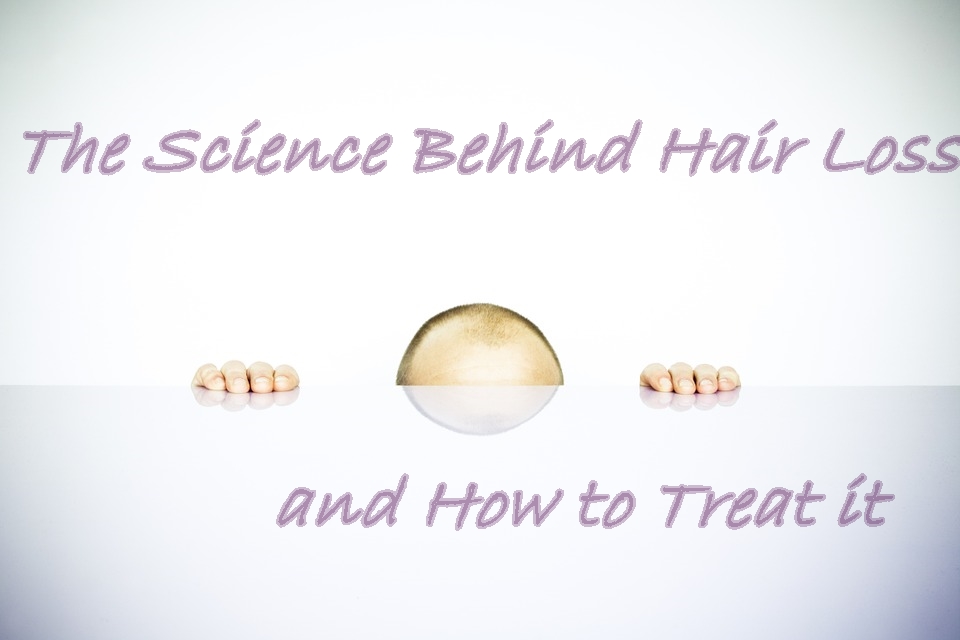When you hear hair loss, you instantly envision the notorious pattern of baldness, thinning crown and a thick strip of hair stretched from ear to ear. While this is the most popular pattern of hair loss, balding patterns come in different shapes and sizes. The diversity of the patterns might fool you into thinking the causes of baldness are broad, but in reality, there are four main categories that all hair loss cases can fit into.
How does Hair Loss Happen?
There is no one universal cause of hair loss, the roots of baldness can be split into four distinct groups.
1- Androgenic alopecia
The most widespread cause of baldness in men, and the cause of the pattern we most associate with hair loss. Androgenic alopecia is as the name suggests hair loss caused by androgens (male hormones). What happens under a cellular level is that androgens begin to attack follicular units persistently leading to their premature closing. The reason the hair in the back of our heads usually makes it through the attacks, specifically, is that the follicular units are resistant to androgens.
Fortunately for those who suffer from androgenic alopecia, the resisting hair holds the secret to escaping your bald fate. Since the hairs in the back are not susceptible to hair fall from androgens, we can relocate them to areas of hair loss. Upon transferring the follicles, the androgen-resistant properties remain intact and viable, giving them the ability to regenerate hair growth in deserted areas.
2- Alopecia areata
This type of hair loss is the result of autoimmune attacks on the follicular units. Certain disorders can trigger the onset of alopecia areata, and the pattern of hair loss is not standard nor are they predictable. The pattern of balding can take on any shape from entirely bald to scattered patches.
The unpredictability of alopecia areata along with the random autoimmune attacks makes treating the hair loss difficult. Unfortunately, without putting an end to the underlying cause of the autoimmune disorder, hair loss is not reversible.
3- Traumatic Alopecia
This category of alopecia refers to hair loss from accidents, injuries, and burns. In the case of skin trauma, if the damage penetrates deep enough to the follicular units, it terminates hair growth in the area. Fortunately, hair transplants are your silver lining if the trauma is not widespread in the area. It is essential that you have a sufficient number of donor hairs on your scalp to transplant to bald areas.
4- Traction alopecia
Traction alopecia refers to hair loss due to styling and hair care routines. With vigorous or tight styling hair can fall out, and this is usually not permanent. However, over repeated exposure, the damage to the follicular unit might become permanent.
Fortunately, it is nothing hair transplantation’s cannot fix. Since the remaining hair is viable, you can achieve regrowth by relocating the follicular units from one area to another.
In summary
Hair loss may not have one particular pattern or form, but its causes are only four. Luckily for those who suffer androgenic alopecia, traction alopecia, and cicatricial alopecia, hair growth can be achieved through hair transplantation. In addition to hair transplantation being successful, it is a one-time permanent procedure that is low-risk scar-free and minimally invasive. I would like to know more about hair transplantation what should I do? Contact us for a free virtual consultation session with a medical specialist to address all your concerns and questions.











